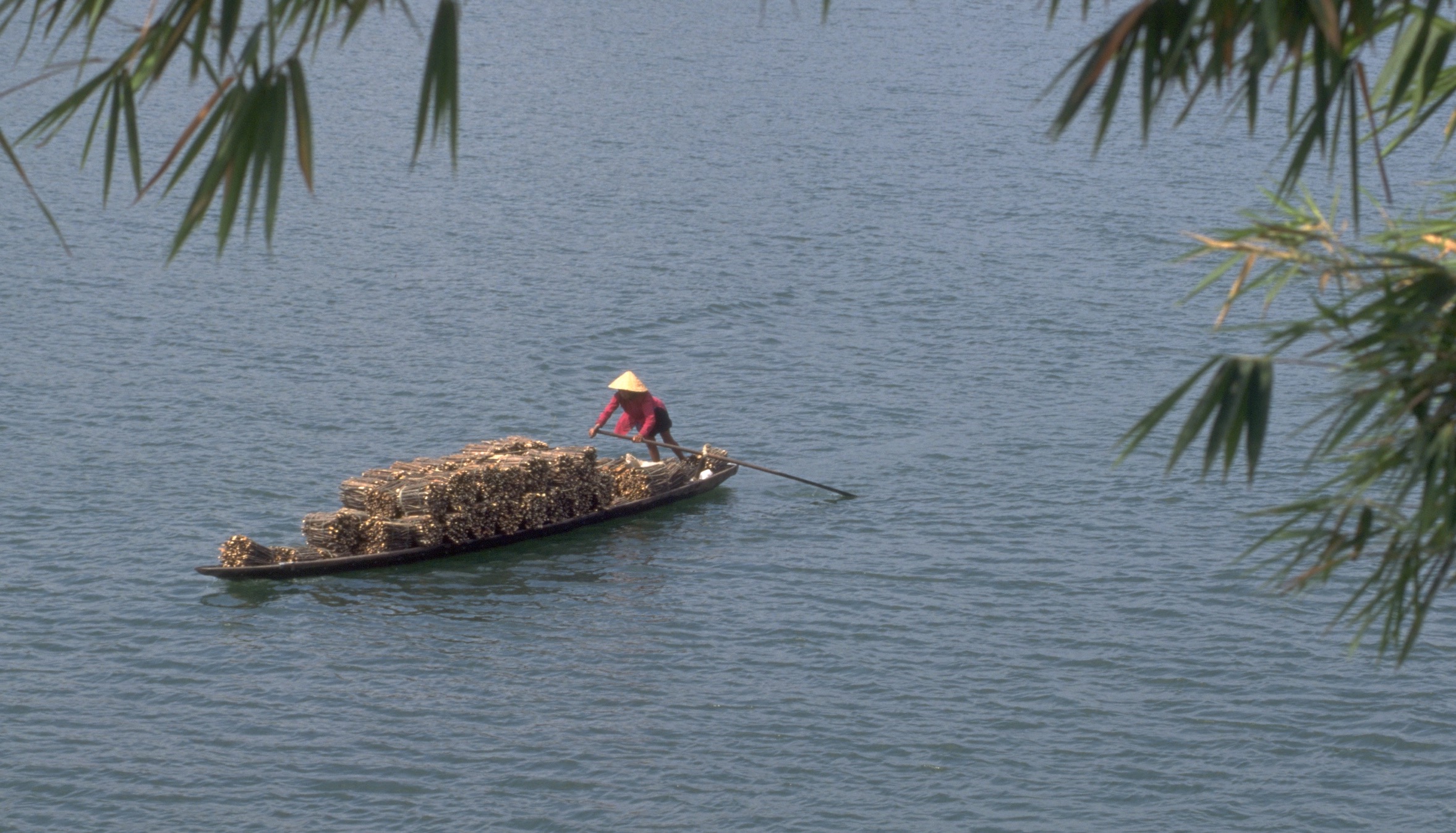Perfume River, Hue Vietnam - Symbol of the city's rich history
The River is the gateway to a city rich in history, culture, and natural wonders.
7/6/2023

The Perfume River in Hue is not only a geographical feature, but also an emblematic symbol of the city's rich history, culture, and natural beauty. This majestic river runs through the heart of Hue, the ancient capital of Vietnam, and offers a glimpse into the city's past and present. Hue is known for its architectural marvels, delectable cuisine, traditional crafts, and unique attractions, making it a must-visit destination for travelers seeking a truly immersive experience.
One of the highlights of Hue is its collection of royal tombs, which are scattered along the banks of the Perfume River. These tombs were constructed for the emperors of the Nguyen Dynasty, who ruled Vietnam from 1802 to 1945. Each tomb is a stunning testament to the artistic and architectural prowess of the era, reflecting the personality and taste of the respective emperor. Among the most notable tombs are the Tomb of Emperor Minh Mang, Tomb of Emperor Tu Duc, and Tomb of Emperor Khai Dinh. These tombs blend harmoniously with the natural surroundings and boast intricate designs, serene gardens, and ornate structures that provide a glimpse into the opulence of the past.
Another prominent landmark in Hue is the Citadel, a sprawling complex that served as the political and administrative center of the Nguyen Dynasty. Enclosed by massive stone walls and a moat, the Citadel houses numerous palaces, temples, and ornate gates. The most significant structure within the Citadel is the Imperial City, which was reserved exclusively for the emperor, his family, and the royal court. The Imperial City features majestic halls, pavilions, and courtyards, adorned with colorful mosaics, intricate carvings, and dragon motifs. A visit to the Citadel offers a fascinating insight into the royal history of Vietnam and showcases the country's architectural heritage.
Hue is also renowned for its delectable cuisine, which is considered one of the pillars of Vietnamese gastronomy. The city boasts a diverse range of traditional dishes that tantalize the taste buds with their flavors and presentation. Bun bo Hue, a spicy beef noodle soup, is a local specialty that is highly regarded throughout Vietnam. Other iconic dishes include banh xeo (Vietnamese savory pancakes), banh khoai (Hue-style pancakes), and nem lui (grilled minced pork on lemongrass skewers). Hue's cuisine is characterized by its use of fresh herbs, delicate balance of flavors, and meticulous preparation techniques. Exploring the vibrant culinary scene in Hue is a delight for food enthusiasts, and the local markets and street food stalls offer an authentic experience of the city's gastronomic culture.
In addition to its cultural and culinary treasures, Hue is famous for its traditional crafts, such as tailoring. The city is home to numerous skilled tailors who create exquisite clothing using traditional techniques. Visitors have the opportunity to have bespoke garments made to measure, selecting from a wide range of fabrics and designs. The tailoring tradition in Hue dates back centuries, and the artisans take pride in their craftsmanship, ensuring that each piece is a work of art. This makes Hue an ideal destination for those looking to acquire unique and personalized garments.
Hue's architectural and cultural diversity extends beyond the imperial sites and craftsmanship. The city is also home to notable religious landmarks, such as the St. Joseph's Cathedral, a magnificent Catholic cathedral that stands as a testament to French colonial influence. With its Gothic architecture and striking stained glass windows, the cathedral offers a serene sanctuary for worshipers and a remarkable sight for visitors. It serves as a reminder of the harmonious coexistence of different religious traditions within the city.
For those interested in experiencing rural life and traditional crafts, Hue's outskirts offer a wealth of attractions. The nearby villages are known for their duck farms, where visitors can witness the unique spectacle of thousands of ducks being herded along the riverbanks. This traditional practice has been passed down through generations and is an integral part of the local culture. Additionally, there are villages dedicated to the production of conical hats, an iconic symbol of Vietnam. These villages provide insight into the meticulous process of hat-making, from weaving the palm leaves to shaping and decorating the hats. Exploring these villages allows visitors to connect with the rural roots of Hue and witness the artisans' skill and dedication.
The Perfume River in Hue is not only a scenic waterway but also a gateway to a city rich in history, culture, and natural wonders. The royal tombs, citadel, cuisine, tailoring, Catholic cathedral, and nearby villages all contribute to the allure of Hue. A visit to this enchanting city is a journey back in time, where ancient traditions and modern-day life coexist harmoniously. Whether exploring the architectural marvels, savoring the flavors of the local cuisine, or immersing oneself in traditional crafts, Hue offers a captivating and unforgettable experience for travelers seeking a deeper understanding of Vietnam's cultural heritage.
Since 1989, First Cabin Travel has created luxury-styled itineraries to various worldwide destinations using private car, private driver, and private guide. The vast majority of bookings are derived from our repeat clientele and their enthusiastic referrals. We are certain that your first journey with First Cabin undoubtably will not be your last.
CA Reg: 2016168-40






